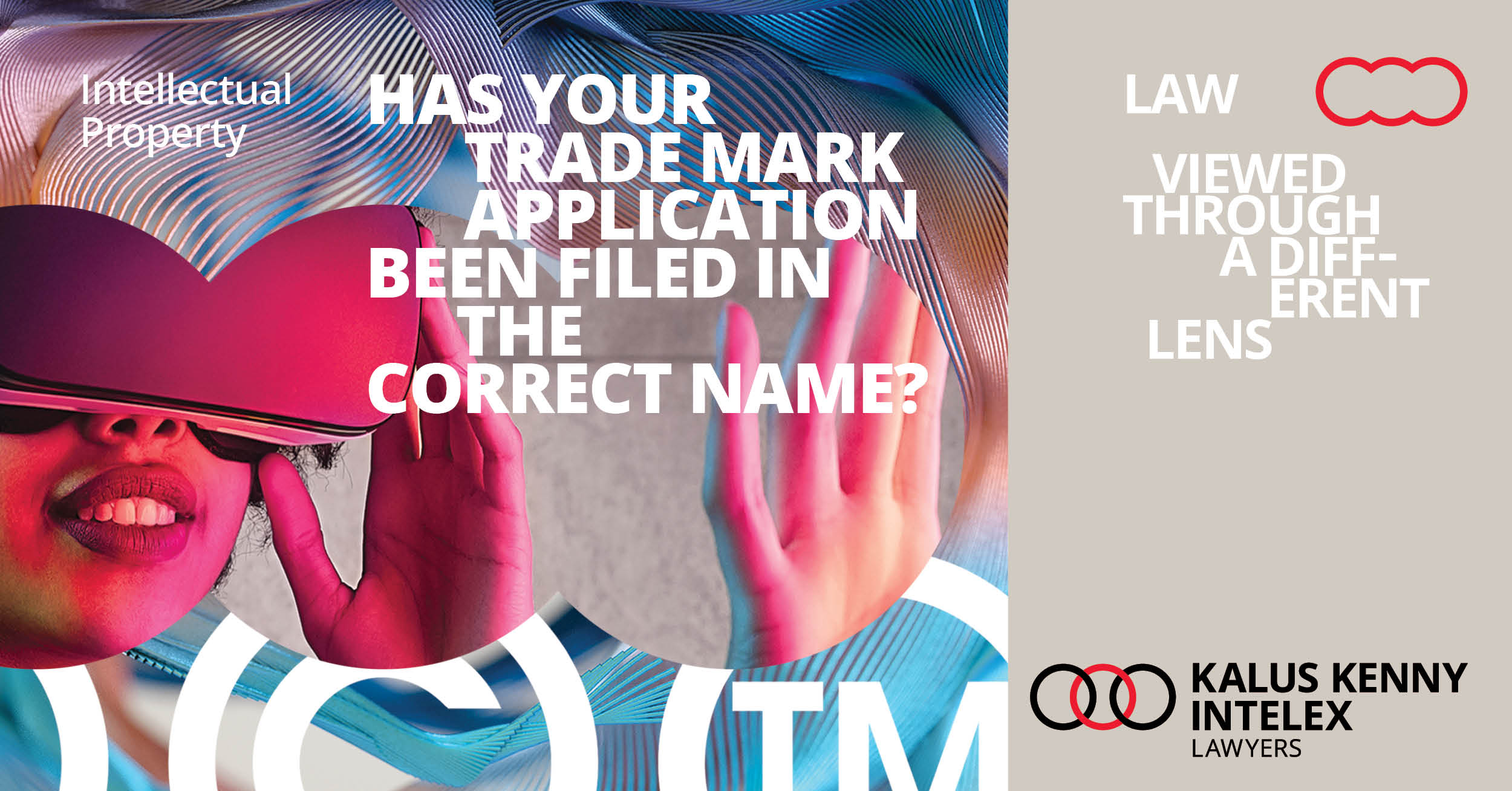When preparing a trade mark application, a significant amount of attention is often given to the drafting of the specification of goods and services. Whilst the goods and service classification is important, care should also be taken to ensure all other details contained within the trade mark application are correct, including confirming the true identity of the applicant and that it is the actual owner of the mark.
Whilst it might seem innocuous, incorrectly identifying the applicant in a trade mark application could have some damaging consequences, including that a registered trade mark owner may be unable to enforce its rights in the mark on the basis that it is not the true owner.
The law
The Australian Trade Marks Act 1995 (Cth) (Act) provides that a person can apply to register a trade mark if it claims to be the owner of the trade mark and it:
• is using or intends to use the trade mark;
• has authorised or intends to authorise another person or entity to use the trade mark; or
• intends to assign the trade mark to a corporation to be incorporated.
The Act sets out grounds on which a trade mark can be opposed or revoked, one of which is that the applicant is not the owner of the trade mark.
The decision of the Federal Court in PDP Capital Pty Ltd v Grasshopper Ventures Pty Ltd [2020] FCA 1078 (PDP v Grasshopper), which was handed down last year, demonstrated that the principles of trade mark ownership set out in the 2017 case Pham Global Pty Ltd v Insight Clinical Imaging Pty Ltd [2017] FCAFC 83 (Pham v Insight) still apply, namely that ownership of a trade mark is determined either by reason of:
• authorship and prior use; or
• authorship, the filing of the application and an intention to use or to authorise use.
Pham v Insight
In Pham v Insight, Mr Pham applied to register the trade mark INSIGHT RADIOLOGY in his own name. The trade mark was applied for by Mr Pham in his own name, despite having been designed for and used by his company, Pham Global Pty Ltd (Pham Global). Although Mr Pham asserted that his intention was always to license the trade mark to his company, in practice this was never done.
Mr Pham subsequently assigned the trade mark application to Pham Global, and the application was opposed by the owner of a similar trade mark.
The Federal Court held that Mr Pham did not use or intend to use the trade mark himself and, in contrast, it was always intended that Pham Global would use the mark. The Court held that Pham Global was the rightful owner of the INSIGHT RADIOLOGY mark, and that only the owner of the mark may actually apply for its registration. On that basis, given that Mr Pham never owned the mark, he could not validly assign that trademark to Pham Global.
Takeaways
Quite simply, you cannot assign something that you do not own.
Under Australian law, if a trade mark applicant was not the owner of the mark at the time the application was filed, then the incorrect ownership cannot be cured by an assignment of the mark to the correct owner, and, unfortunately, the application or registration will be vulnerable, including to opposition or cancellation proceedings.
In light of the decision in Pham v Insight, it is particularly important to consider who the actual owner of a trade mark is when applying for trade mark registration. This may require lawyers to seek more detailed instructions from the client in relation to their corporate structure, their intended use of a trade mark, who designed the mark and who paid for the design.
Those who consider that an Australian application for a trade mark has been filed in the name of the wrong owner should seek to file a new application for the trade mark in the name of the correct owner.



